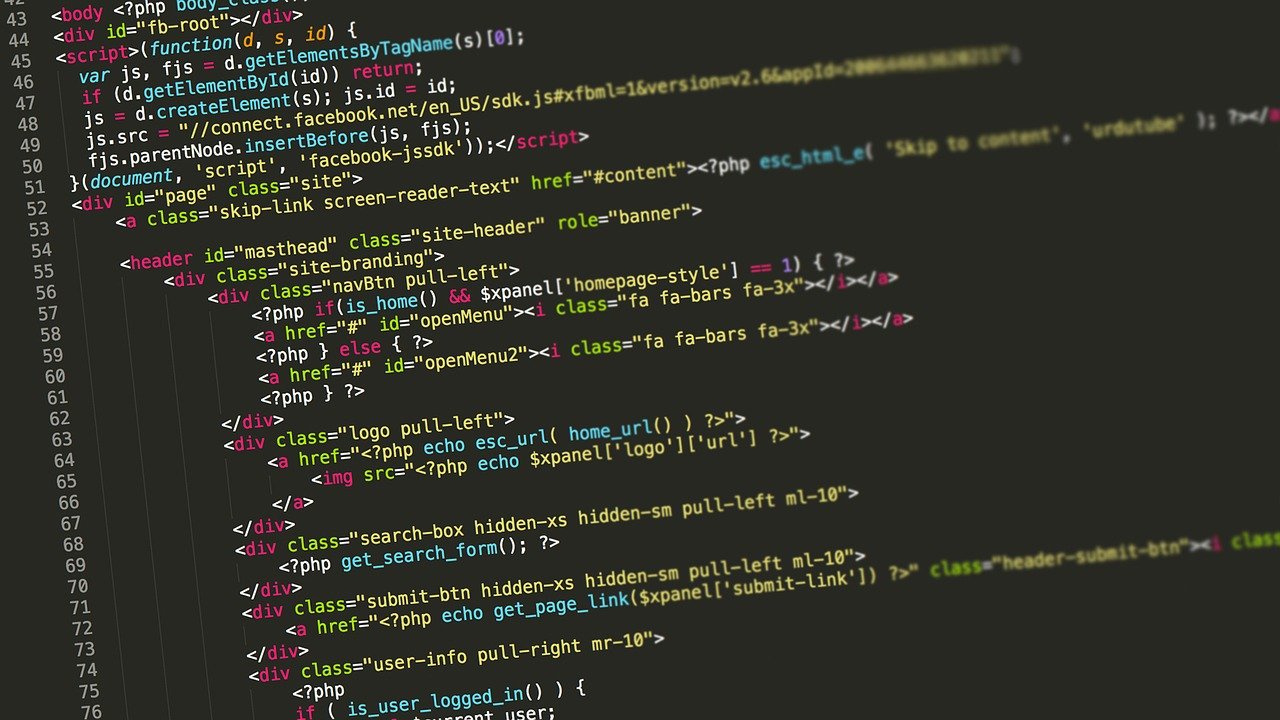In the designer community, it’s still common to appreciate the creative side of the job and not see design as a technical field. However, as projects shift to web and analytical, data-driven thinking becomes essential for building functional solutions, the need for tech-savvy designers is more well-pronounced than ever.
In this post, we will take a look at how learning programming helps designers become well-rounded professionals and promotes higher project quality.
5 Reasons to Learn Coding For Designers
Since design is a complex field, you might want to stick to honing your professional skills – brainstorming, designing creatives, or creating UX workflows. However, it might be helpful to take on a seemingly unrelated but vital skill for web and app designers – programming.
Here’s how coding makes you a more versatile and competitive design professional.
Reason #1. Improved communication with the tech team
Design solutions do not live in a vacuum. After an interface is ready, it will help bridge the gap between the application code and the end-user. Without the underlying code, buttons, animations, and other creative elements are not functional and have less value.
Designers should thrive to understand how interfaces and code are connected, which solutions are not technically feasible. If you learn Java basics on Codegym.cc, you’ll get a big-picture understanding, improving the efficiency of brainstorming and communication with the development team.
Also, by knowing how to program you can contribute to the tech behind the product, suggest helpful features, and their implementation. Last but not least, in all-hands-on-deck environments like startups, designers who can handle front-end development would be an appreciated commodity.
Reason #2. Streamlining processes
If not automated, design takes a lot of time – that’s why designers often feel like they have too much on their plate. To maximize the use of your productive hours, consider harnessing the power of automation.
By learning programming, you can write scripts for automating basic design workflows – media import, file search, and others. Also, a tech-savvy designer will not struggle when using complex off-the-shelf solutions (creative tools, digital asset management systems, and others).
Reason #3. New approach to problem-solving
In many ways, programming is about creating new things that didn’t exist before – that alone is exhilarating and rewarding. However, other than a set of tools, coding is a mindset, a way to think and approach difficulties.
After taking a computer science or objective programming course you will know how to:
- Break complex problems into manageable step-by-step actions.
- Express abstract concepts in a concise, easy-to-grasp way.
- Follow standards and conventions that save you time and keep projects in order.
- Find several solutions to a problem and choose the most effective one.
- Describe the solution in such a way that your peers can understand and implement it.
While not directly related to design, these concepts will be extremely helpful when working in or leading teams.
Reason #3. Being competitive on the market
Having a broad skill set is a designer’s way to stand out among other applicants on a job market.
While most candidates likely know how to use Adobe Photoshop, Sketch, Figma, and other industry-specific tools, few CVs boast front-end and back-end development knowledge.
This versatility is important for startup and SME founders who don’t have the time to hire and manage front-end developers – they would prefer to have one professional capable of handling a wide range of tasks.
Reason #4. New opportunities
Learning how to code might seem meaningless if you like design and don’t want to trade it for any other field. However, it’s always helpful to have a few more open doors and be confident that, come whatever, you will not be out of jobs.
Programming is one of the most lucrative and sought-after skills on the job market – it grows at the 9.4% growth rate. Since most companies in the US struggle to fight talent shortage, even as a junior developer, you stand a chance of being hired.
Also, coding gives designers an opportunity to bring their ideas to life without having to hire a tech team. Once you learn front-end and back-end software development, you’ll be able to build projects from scratch, opening up new revenue streams and enriching your portfolio.
Reason #5. It’s fun
Coding seems like a lot of math and thinking, and it is. However, unlike plain linear algebra or physics that lack real-world application, programmers can use their skills from day 1. There are a lot of platforms that will teach you programs through games, engaging classes, and real-world practice problems.
If you long for human interactions, you can follow along YouTube tutorials or find a local tutor. If you are a fan of structured and self-paced approach, coding books are a helpful teaching tool.
As a case in point, here’s a list of highly engaging resources for programming learners:
- Codegym – a beginner-to-advanced platform for Java learners.
- CodeCombat – a game for learning HTML, JavaScript, and Python
- Ruby Warrior – in-browser game for Ruby learners.
- CSS Battle – a collection of engaging challenges designed to help entry-level developers hone their grasp of CSS.
Final thoughts
As design moves to digital, the understanding of code-interface connections is vital. A grasp of programming languages makes designers more versatile and competitive, so learning coding will make you a better professional in your main field of work.
Also, coding is a beginner-friendly field. You don’t need a degree to get a job, and there’s no shortage of resources. Thus, it’s never too late to learn to program – choose study materials that resonate with you and start your journey in coding.




